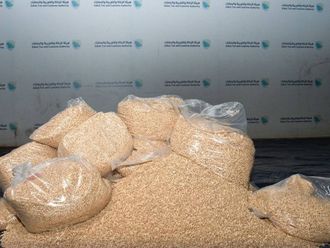A key gene involved with how brain cells "talk to each other" may be disrupted in some people with autism spectrum disorders, according to medical investigators who discovered the DNA flaw in a group of Long Island children.
Eli Hatchwell, an associate professor of pathology at Stony Brook University Medical Center, has found that mutations in a gene dubbed contactin 4 prevent it from properly performing its job: facilitating myriad connections within the brain in the complex network of cell-to-cell communication.
Malfunction
Two copies of the gene is considered normal, Hatchwell said, but when a child has three copies or only one, normal brain function is waylaid by altered activity of contactin 4. He estimates that up to two percent of autism cases may be directly related to malfunctions in this gene.
"What we know about this gene is that it is involved with the development of axons," Hatchwell said of the nerve cells needed in relaying messages between neurons. Neurons are the primary nerve cells that carry out all neurological function.
"Axons help neurons talk to each other," Hatchwell said, adding that his investigations are still relatively preliminary and that a lot more work is needed to better understand the gene and its impact on axons.
He and his colleagues say the gene is located on chromosome 3. Forty-six chromosomes reside in the core, the nucleus, of cells that make up the human body.
Complex condition
"It is plausible that autism is a very complex condition," involving numerous different genes, said Peter Gregersen, director of the Robert Boas Centre for Genomics and Human Genetics in Manhasset.
He cited last year's genetic work by Michael Wigler of Cold Spring Harbour Laboratory, as marking a major milestone in understanding the genetics of autism. Gregersen said Hatchwell's study adds yet another dimension.












